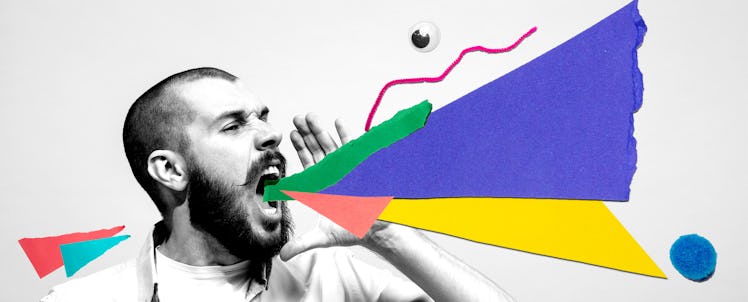After YouTube’s Pedophile and #ElsaGate Scandals, Parents Still Let Kids Watch
Fatherly asked readers how they keep their kids safe on the platform. The honest truth: Most of them really don't. But they want to!

YouTube is not a safe place for children. More evidence to support this now-accepted wisdom arrived in late February when activist Matt Watson posted video showing pedophiles active in the comment section of videos posted by young girls. Some comments featured timestamps for specific moments where the young girls were in compromising positions; others featured links to private, unlisted videos. After advertisers, including McDonald’s and Disney, pulled their pre-roll ads, YouTube, which employs some 10,000 moderators, promised vigilance and shut down the comments in question.
YouTube had a similar response last fall during the #ElsaGate scandal, when a cache of disturbing YouTube content featuring popular children’s characters, including Frozen’s Elsa and Peppa Pig drinking bleach or committing acts of self-harm, was exposed.
Despite increased scrutiny about its algorithm and inability to properly police content, YouTube has become more popular with kids than ever. YouTube Kids alone racks up eight million views per week and some 85 percent of kids in the U.S. aged 13 to 17 watch videos on the adult platform.
So what do parents think about the state of affairs at YouTube and where do they stand on letting their kids use the platform? To find out, Fatherly surveyed readers about their YouTube concerns (or lack thereof) and their children’s YouTube experiences. The results showed, perhaps surprisingly, that a significant subset of parents were not overly worried about children being exposed to harmful content.
While a decent chunk of readers are giving YouTube the benefit of the doubt, the majority of Fatherly readers do agree that YouTube needs to do much more to police their content. Still, some 11 percent of readers don’t think the platform needs to spend more time and money fixing the problem. Many more believe that it’s just a hopeless case.
Still, 49.5 percent of readers said they would still let their kids watch YouTube. Some said they would be attempting to monitor that consumption, while others said they felt concerns about the platform were overblown.
All in all, Fatherly readers do seem to be rather vigilant. Only 18 percent of readers said that they’re unsure if their children have seen inappropriate videos on YouTube. Roughly six percent of readers said their kids haven’t seen any offensive content and that they trust the platform. They are in a small minority.
The Takeaway
So what does this mean? Well, parents certainly seem to be worried about letting their kids anywhere near YouTube, which means the company needs to find a long-term solution — and fast. So long as its problems with trolls and pedophiles persist, YouTube will remain without parents’ trust.
This article was originally published on